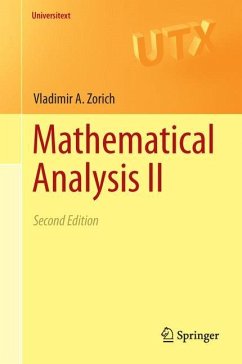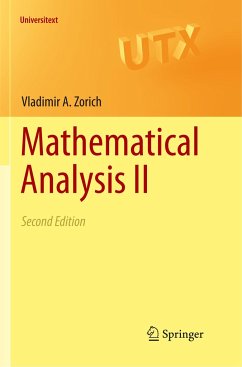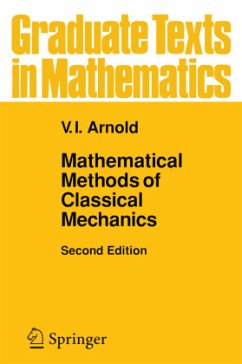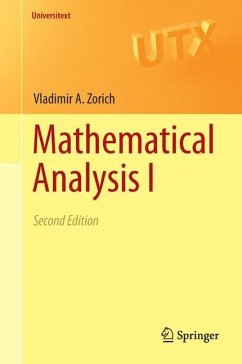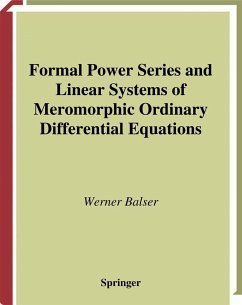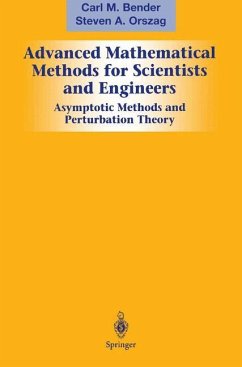
Ordinary Differential Equations
Versandkostenfrei!
Versandfertig in 1-2 Wochen
56,99 €
inkl. MwSt.

PAYBACK Punkte
28 °P sammeln!
Few books on Ordinary Differential Equations (ODEs) have the elegant geometric insight of this one, which puts emphasis on the qualitative and geometric properties of ODEs and their solutions, rather than on routine presentation of algorithms.
From the reviews:
"Professor Arnold has expanded his classic book to include new material on exponential growth, predator-prey, the pendulum, impulse response, symmetry groups and group actions, perturbation and bifurcation." --SIAM REVIEW
From the reviews:
"Professor Arnold has expanded his classic book to include new material on exponential growth, predator-prey, the pendulum, impulse response, symmetry groups and group actions, perturbation and bifurcation." --SIAM REVIEW
The first two chapters of this book have been thoroughly revised and sig nificantly expanded. Sections have been added on elementary methods of in tegration (on homogeneous and inhomogeneous first-order linear equations and on homogeneous and quasi-homogeneous equations), on first-order linear and quasi-linear partial differential equations, on equations not solved for the derivative, and on Sturm's theorems on the zeros of second-order linear equa tions. Thus the new edition contains all the questions of the current syllabus in the theory of ordinary differential equations. In discussing special devices for integration the author has tried through out to lay bare the geometric essence of the methods being studied and to show how these methods work in applications, especially in mechanics. Thus to solve an inhomogeneous linear equation we introduce the delta-function and calculate the retarded Green's function; quasi-homogeneous equations lead to the theory of similarity and the law of universal gravitation, while the theorem on differentiability of the solution with respect to the initial conditions leads to the study of the relative motion of celestial bodies in neighboring orbits. The author has permitted himself to include some historical digressions in this preface. Differential equations were invented by Newton (1642-1727).







